SomnusNooze e-newsletter
News, stories and updates from the world of sleep
News, stories and updates from the world of sleep
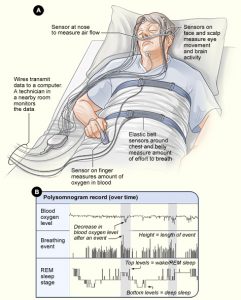
Background The primary feature of the two main central disorders of hypersomnolence—narcolepsy and idiopathic hypersomnia (IH)—is excessive daytime sleepiness, defined in the International Classification of Sleep Disorders, third edition,... read >
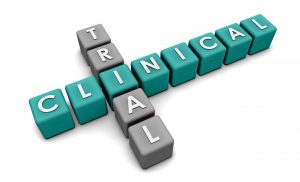
Background In this 2013 study published in PLoS One, the researchers Miyagawa et al hypothesized that L-carnitine supplementation might help improve narcolepsy symptoms by increasing β-fatty-acid oxidation. Fatty acids are a major energy source for... read >
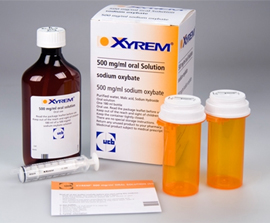
Background Sodium oxybate (SXB) is a drug sold as Xyrem in the United States by Jazz Pharmaceuticals, in Europe by UCB Pharma, and in Canada by Valeant Pharmaceuticals. It is approved in the United States in adults for the treatment of excessive daytime... read >

Background Compared with adults with narcolepsy, children with narcolepsy often have higher levels of excessive daytime sleepiness (EDS), are more likely to have cataplexy without a trigger, and are more likely to have a secondary form of narcolepsy. The... read >
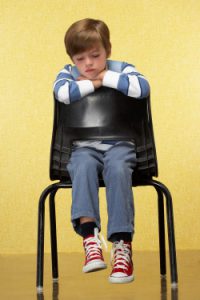
Background Each year, approximately 30,000 children are unintentionally killed or injured while walking outside (typically within a half mile of their homes). Many factors—including children’s thinking and reasoning abilities, attention spans,... read >
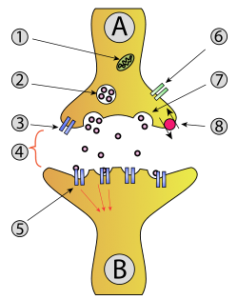
New research on genetically altered mice helps to untangle the complex interactions of GABA with brain systems necessary for sustaining wakefulness. Histamine Nerve cells (also known as neurons) in a specific part of the brain, called the... read >
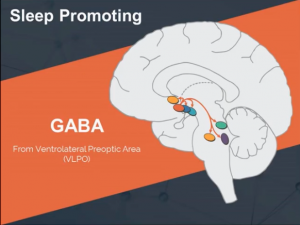
A study of clarithromycin in the treatment of GABA-related hypersomnia indicates that this drug may be effective in some patients with idiopathic hypersomnia (IH), narcolepsy without cataplexy, and subjective hypersomnia. Background The US Food and... read >
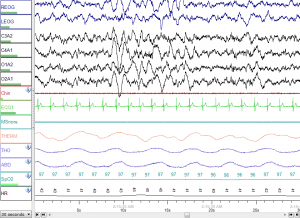
Researchers have provided more evidence that narcolepsy without cataplexy (Nw/oC ) and idiopathic hypersomnia (IH) without long sleep time (LST) look more alike on testing than do narcolepsy with cataplexy (NwC) and Nw/oC. This research was completed... read >
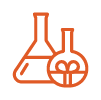
Dr. Toyoda and his colleagues in Japan have described new susceptibility genes — CCR1 and CCR3 — for type 1 narcolepsy. Background Type 1 narcolepsy (also called narcolepsy with cataplexy) is believed to be the result of a combination of genetic and... read >
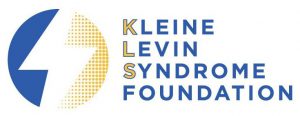
Background Kleine Levin syndrome (KLS) is a neuropsychiatric disease that affects about 1 in a million people. Symptoms include hypersomnia, confusion, derealization, hypersexuality, megaphagia, altered mood, and hallucinations that occur during... read >